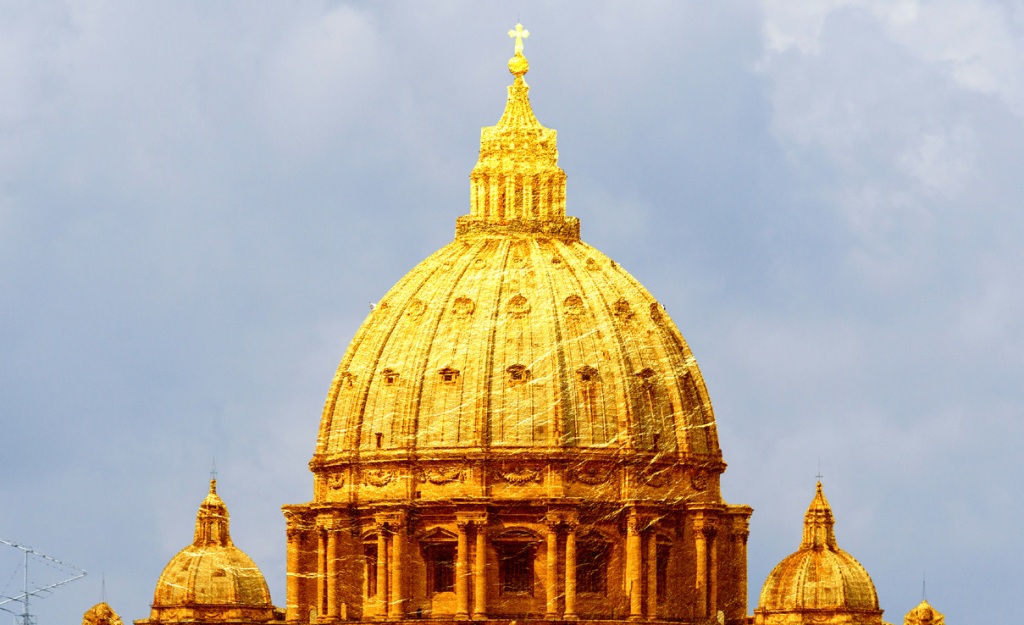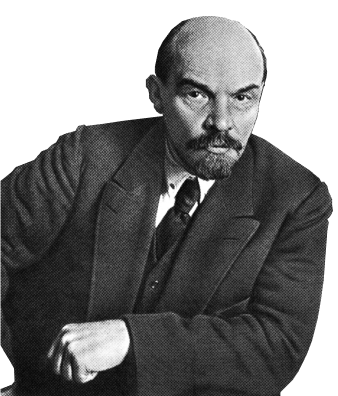
In April, news came of the death of Pope Francis, the figurehead of one of the richest and most powerful institutions on Earth. After a highly-publicized conclave, the American Robert Francis Prevost was finally chosen to succeed him, under the name Leo XIV.
Francis’ death triggered an avalanche of praise for this supposedly “progressive” pope, including from left-wing personalities and groups.
Throughout his career, he tried to present himself as an ally of the poor and oppressed, rejecting the privileges and spectacle associated with his position in favor of a modest existence. In Argentina, as archbishop, he continued to use public transport, and in the Vatican, he refused to settle in the luxurious residences normally reserved for popes, contenting himself with guest rooms. In the last months of his life, he regularly spoke with Christians in Gaza who were meeting under Israeli bombs.
But the truth is that, just like St. Francis of Assisi in the 13th century, from whom he took his name, Francis I’s role was to clean up the reputation of a corrupt institution, deeply tied to the capitalist status quo and increasingly hated.
Since the 4th century, the Catholic Church has been one of the main pillars on which the world’s ruling classes have relied to govern and maintain social inequalities. Its fundamental role is to offer the oppressed classes the promise of heaven after death, in exchange for passively accepting the hell on earth that is their current existence. Historically, it has served to prevent the poor masses from rebelling against their masters, be they feudal lords in the Middle Ages or capitalists today.
However, in recent decades, the Church has entered a slow decline, a phenomenon that parallels the crisis of confidence that exists today towards all the other institutions of the capitalist establishment. In Europe and America, believers are deserting the churches: in Germany alone, 3 million people have quit the institution since 2000. Even in Latin America and Africa, where the absolute number of faithful continues to grow, the official Church is being overtaken by the multiplication of evangelical sects.
What’s more, the Church has long been mired in a ton of scandals of pedophilia, money laundering, tax evasion and corruption; scandals that are most likely what caused Pope Benedict XVI’s surprise resignation in 2013.
Francis I’s mission was to put these scandals behind him and restore the Church’s image in the eyes of the increasingly radicalized masses. But this mission was impossible. That’s why he made statements against the “idolatry of money”, but offered no alternative to capitalism; why he approved of the blessing of gay couples, but still opposed gay marriage; and why he was in favor of administering the sacraments to pro-abortion politicians, but still considered abortion a mortal sin.
As for the new pope, whatever he does, he’ll find himself in the same situation. It’s interesting to note that the name he has chosen, Leo XIV, is an explicit reference to Pope Leo XIII (1878 to 1903), father of the “ Catholic Social Teaching ”. This doctrine, adopted at a time of intensifying class struggle marked by the Paris Commune of 1871, was essentially aimed at bringing the nascent workers’ movement back into the safe channels of the Church, and away from the dangerous ideas of socialism and philosophical materialism. In the same way, today, Leo XIV will have to deal with a growing radicalization of the working class in the face of the crisis of capitalism, and will once again attempt to channel the anger of the masses towards religious illusions and wishful thinking.
For the working class and the world’s poor, it’s irrelevant who’s at the top of the Catholic establishment. It remains a reactionary institution, incapable of offering a real solution to the horrors and suffering that the capitalist system engenders every day.

